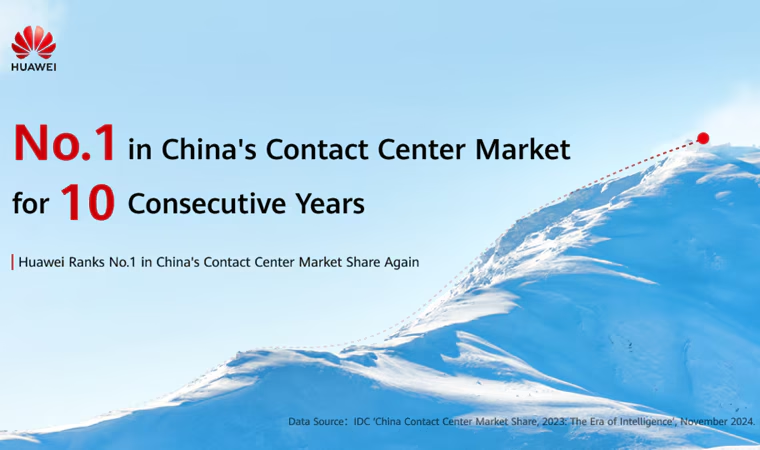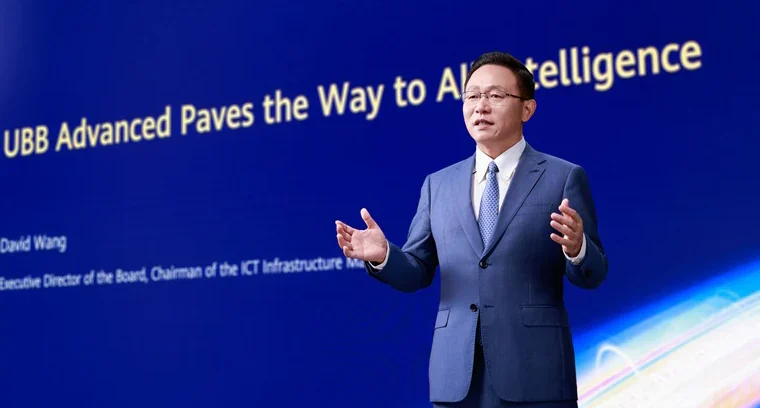By Brenda Goh and David Kirton
(Reuters) – Huawei’s new high-end Pura 70 smartphone series quickly sold out after it was launched last month with analysts touting it as another Apple iPhone challenger and adding to signs of how the Chinese firm is beating back against U.S. curbs.
The Pura series developed by the Shenzhen-headquartered company has advanced cameras and is known for its sleek design. In comparison, the Mate 60 series, that marked Huawei’s reentry into the high-end smartphone market last year, emphasises performance and business features.
U.S.-based iFixit and TechSearch International who provide product teardown reports examined the inside of Huawei Technologies’ Pura 70 Pro for Reuters. Here are the findings:
CHIP PROCESSOR
The Pura 70 phones use an advanced system-on-chip that bears external markings matching the older Kirin 9000s, the chip used by Huawei’s Mate 60 series that was produced by Chinese chip foundry Semiconductor Manufacturing International Corp’s (SMIC) 7 nanometer (nm) N+2 manufacturing process.
IFixit, TechSearch and other teardown firms call this chip the Kirin 9010.
MEMORY CHIPS
Like the Mate 60, the Pura 70 uses a DRAM chip made by South Korea’s SK Hynix.
The Pura 70’s NAND flash memory chip, however, bears markings showing that it was likely put together by Huawei’s in-house chip unit, HiSilicon, according to iFixit and TechSearch. In comparison, the Mate 60 used NAND chips from SK Hynix.
The Pura 70’s NAND chip bears 1 terabyte (TB) of storage capacity – equivalent to the storage found in many high-end laptops – but is made up of only 8 NAND dies, meaning that each has a capacity of 1 terabit (Tbit). This is comparable to products made by major foreign flash memory producers such as SK Hynix, Kioxia and Micron.
iFixit added that they believed that HiSilicon may have produced the NAND chip’s memory controller as well.
The density achieved comes down to the wafers used in the chip. However, the firms were unable to definitively identify the manufacturer of the wafer as the markings on the NAND die were unfamiliar although they believe it is a domestic producer, they added.

OTHER CHINA-MADE COMPONENTS
The Pura 70 Pro phone incorporates a series of other crucial components designed by HiSilicon such as the WiFi and Bluetooth modules and power management chips.
Components such as audio amplifiers and LED flash driver are sourced from other domestic suppliers such as Goodix and Awinic.
FOREIGN MADE PARTS
However, the phone still incorporates some components from foreign suppliers. The battery charger is obtained from Taiwan’s Richtek, and most notably, the motion and rotation sensor is sourced from the German firm Bosch.
IFixit noted that it was curious that Chinese manufacturers likely had the ability to produce these sensors domestically, raising the question over why there was a need to use a foreign-made one.



